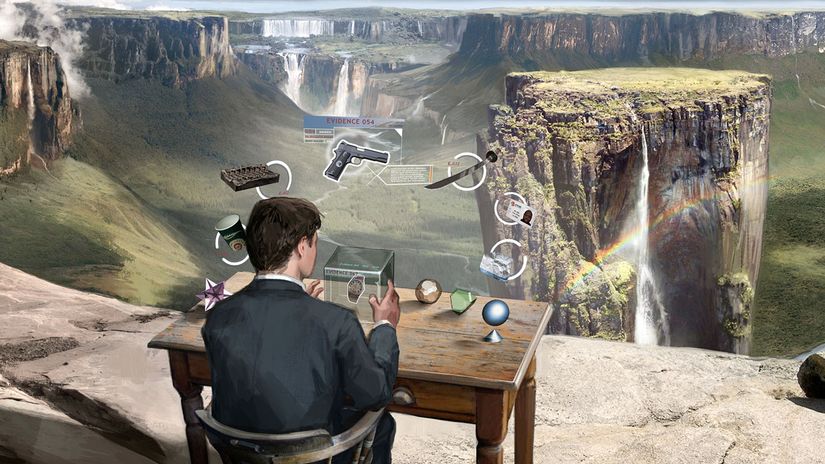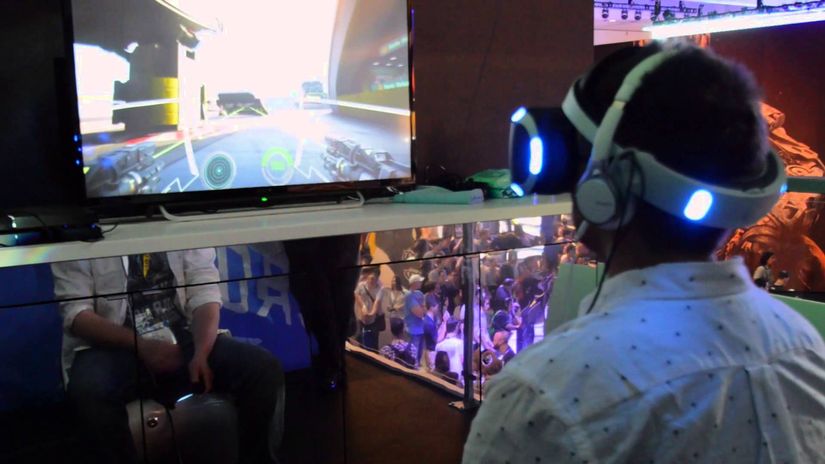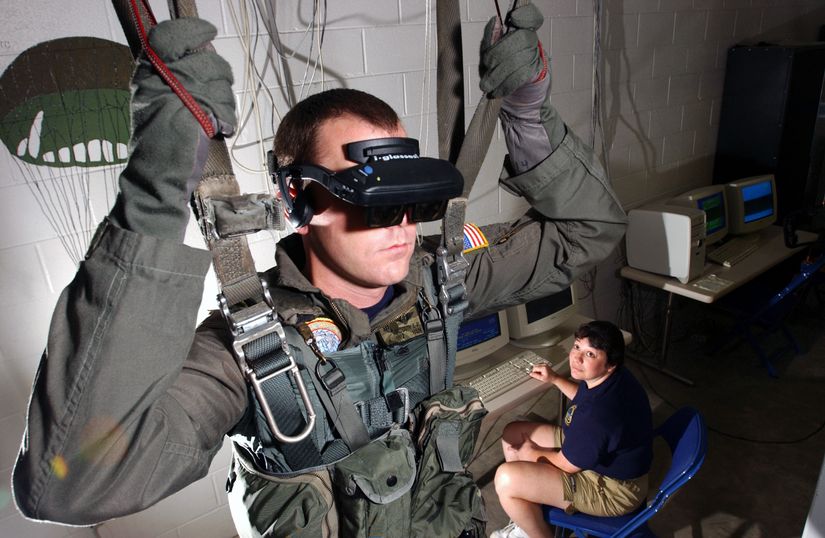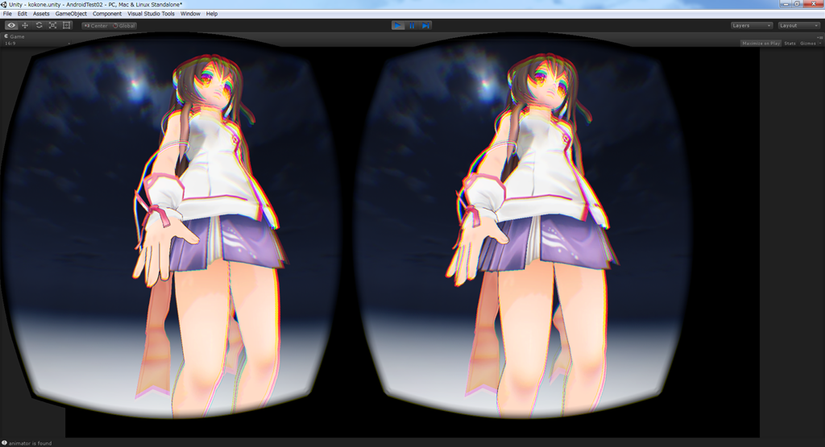Virtual Reality and Augmented Reality - Past, Present and Future.
Augmented Reality and Virtual Reality, as people who work in technology business, we couldn't help but hear more or less about them, they have become really popular. Still I'm pretty sure there aren't many who know exactly about these techs and the differences between them, this time around I ...

Augmented Reality and Virtual Reality, as people who work in technology business, we couldn't help but hear more or less about them, they have become really popular. Still I'm pretty sure there aren't many who know exactly about these techs and the differences between them, this time around I would like to take time to write about them so everybody could understand their awesomeness.
VR - Virtual Reality
Let's start from VR, VR isn't really a new tech, with its begining started even before 1950, with the first VR device created in 1968 by Bob Sproull, called The Sword of Democles. Recently due to the success of Oculus Rift, many companies consider VR to be the new thing, the tech that defines future, it could become a new smartphone trend, leading to creations many insteresting and successful devices.

Now what is a VR, to make it easiest to understand as possible, it is a Virtual World where user could interact and control as he wants. Imagine Wachovsky's brother movie classic Matrix, Matrix was a virtual world where its virtual citizens were controlled by on the outside, real people.
Sounds familiar? You are right, those are pretty explanation for modern video games, video games are basically a virtual world with a set of rules and objectives, where you complete them in order to advance through the progress.
VR brings mentioned World closed to you, or rather, bring you in its World, giving you the feel of better realism through a VR's device, usually in the form of a pair of glasses. The glasses are controlled with motion sensors, detecting your head movements, and move the camera in the virtual world as if they were your own head's motions, giving you an illusion if you were in the game.

Needless to say, most of applications using VR technology are games, with now very popular game engines such as Unreal Development Kit and Unity 3D both supporting them, you can expect many games in the future created with the support of VR devices.
AR - Augmented Reality
AR like VR, has also been known for quite some time, with one of the first AR devices build in 1992 by Louis Rosenberg. AR stands for Augmented Reality, with Augmented meaning improved, extended, enhanced. Augmented Reality means Enhanced Reality, literally enhancing the Real World, with additional information, functions that user could interact with.

Unlike VR, which needs a device to directly interact with user's body function, like vision. AR can be used indirectly, through a monitor's screen or projector. To make it easier to understand imagine Tony Stark in Iron Man, using his AR like devices to work on his projects, those are actually not very far from fictions, although still fiction, for the time being.
Technology Applications
Like VR, AR where used for gaming for quite a long time, mainly by Nintendo and partially Sony leading, since the begining for Nintendo DS. Using camera and sensors additional objects can be shown on the screen, in an easy example, a ghost.

Of course, games by far are not the only way of usage for AR and VR, both of them while not published publicly or widely, have many applications, in military, industrial, medical and many others. Soldiers are being trained through VR softwares, giving them a necessary training without having to participate in real battles. AR gives the doctors an ability to view patient's information during the surgery, in example heartbeat, pressure, or combine images with X-Ray, giving an ability to look into patient's body. And those are just a small part of what AR and VR are capable to do.
Closer to reality, smartphones are popular devices that many people use nowadays, modern smartphones with many integrated functions such as GPS, Camera, Sensors are great devices for deploying AR and VR applications, many popular existing applications such as Wikitude World Browser, allowing you to see information related to a certain place, destination everywhere on the World through your Camera or Google Ingress, a game created by Google on Android using AR tech.

Still on subject with smartphones, with recent release of Google Cardboard, and many other smartphone VR carrier, such as Zeiss VR One, VR applications become quite popular on stores. Caaaaardboard is a falling game utilizing motion sensors for example, or VRSE, a short film, you might want to give them a try.
Development & Limitations
Unfortunately, at the moment, smartphones aren't the best devices for VR, motion sensors even in the newest devices can't be compared with head tracking such as in Oculus Rift, the limitation and small number of applications make it rather a hard choice for application deployment, also to use VR on smartphones you would need a 3rd party glasses. AR, which uses only available tech on phones, much better utilize them, making them unique, trendy and popular, seeing much wider uses. As right now, there is no doubt AR is winning on the smartphone market, but with Samsung Gear on the horizon, it is hard to say what future might bring.
As a developer, you wonder how hard would be to create AR and VR applications, against what you might think, those "futuristic" technologies aren't very far from your grasp. And if you are a game developer, you are on the right track, a very popular development environment for VR, AR development become Unity, with many of AR VR developers releasing development kits supporting Unity, among others Oculus Rift SDK and Metaio.
Oculus Rift since the begining favored Unity Development, most of its applications were created in Unity, Unity due to having renderers integrated, applications can be created for many OS, giving it flexibility no other engine has. If you are in possession of Oculus Rift and want to start development your own app, there is no better way than Unity.

Metaio recently has been bought by Apple for undisclosed sum, its main objective was development augmented reality solutions, is one of the most popular AR solution provider, supporting Android, iOS, and between many others, also Unity. As a Unity developer, you can for a fee use SDK provided by them along with their cloud libraries, allowing your device to recognize objects existing in them. After Apple's acquisition its future is unknown, as of now September 2015 you can still use their service, I'm unsure about how long it will last.
Since the real boom of AR and VR development started recently, there are many limitations to it, despite many projects in development there haven't been any really big product officially released. Even upon the release, there will be many things that will have to be done, like the means to control. You already know that in VR the camera will be controled by tracking motions of your head, but with exception of your head, you can't really interact with virtual world, one of your senses was brought over to the virtual world, which is vision, but no others, you can't yet move or feel anything, that's why the controllers must also be prepared for you to be able to have a full VR interaction. Such devices are already in development, and will be released when the time is right.
The Future
There is no doubt that the future will belong to AR and VR, now is a great time for us to get use, learn the techs. With every large technology company are racing each other trying to create revolution hardwares, Microsoft with AR Hololens, Samsung with VR Samsung Gear, HTC and Valve have their HTV Vive, Sony with its own Project Morpheus and Apple probably has something up their sleeves too. There is no better time for evolution, if you are a developer and want to join the evolution, start today, the path to VR and AR is closer than you might think.
